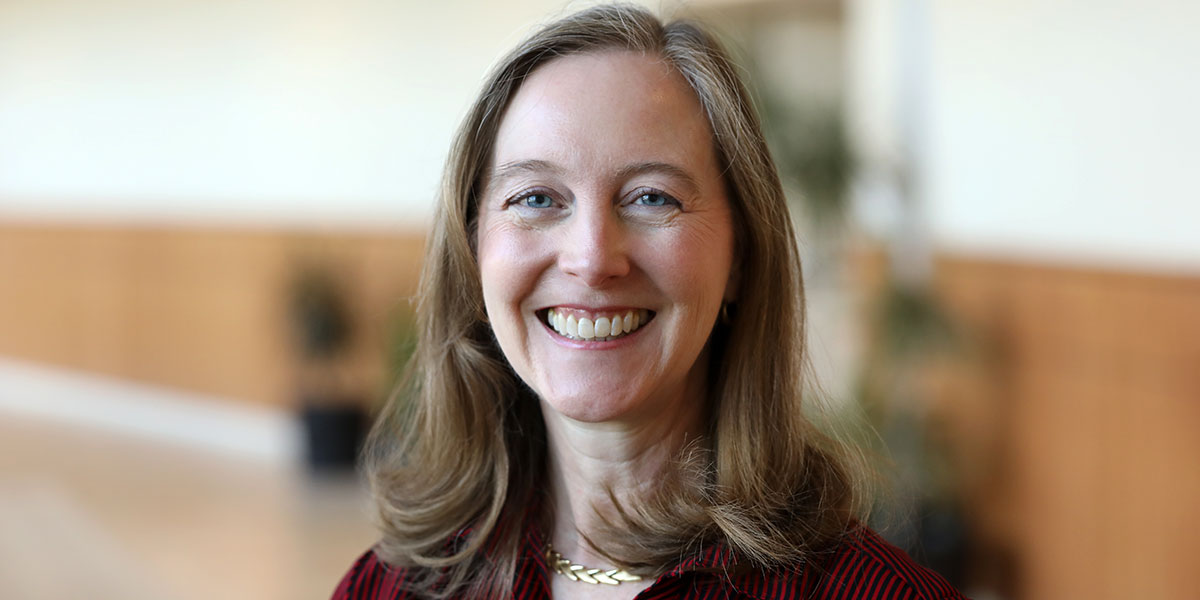Meet Baylor’s expert on dusty plasma — also known as ‘cosmic dust bunnies’

Picture the dust bunnies that are probably hiding somewhere around your home. (It’s okay to admit it; we all have them.) Now imagine those dust bunnies, but on a cosmic level.
Kind of mind-blowing, right? But that’s the basis of Baylor physics professor Lorin Matthews‘ research.
Allow us to explain:
Dr. Matthews’ research, both theoretical and experimental, is in the field of dusty plasma. What is that, you ask? It’s dust — tiny bits of rock and ice, 100 times smaller than the width of the human hair — interacting with plasma, the glowing, ionized gas that makes up more than 99% of our visible universe. The phenomena Matthews studies ranges from how this dust clumps together (forming cosmic dust bunnies that may eventually become planets) to how these small pieces of rock can assemble themselves into intricate structures like dust crystals or helical strings.
[LISTEN to a recent Baylor Connections interview with Matthews]
Matthews (BS ’94, PhD ’98) got her start in space research as an undergrad at Baylor. As a physics major, she came across another Baylor alum-turned-professor, Dr. Truell Hyde (MS ’80, PhD ’88), and his research on dusty plasma and its connection to planets’ formation — and she was hooked. Baylor has a long history of building dust detectors; more recently, the university has joined collaborations around the world, all looking at various aspects of plasma and dust in space.
After earning both her bachelor’s and doctorate in physics from Baylor, Matthews worked for Raytheon for two years before returning to teach at Baylor. Today, she is chair of Baylor’s Department of Physics and associate director of Baylor’s Center of Astrophysics, Space Physics & Engineering Research (CASPER).
In 2018, Baylor was chosen by NASA and the National Science Foundation as one of five institutions to receive funding to perform experiments on the International Space Station. Baylor’s project? A study of dusty plasma, led by Hyde, Matthews and the CASPER team.
While Matthews’ research may seem abstract, she’s really seeking the answers to some very basic questions. “This is the type of work,” she says, “that paves the way for future generations to have an understanding of our world, how we are made, and the complexities of human life.”
Sic ’em, Dr. Matthews!

